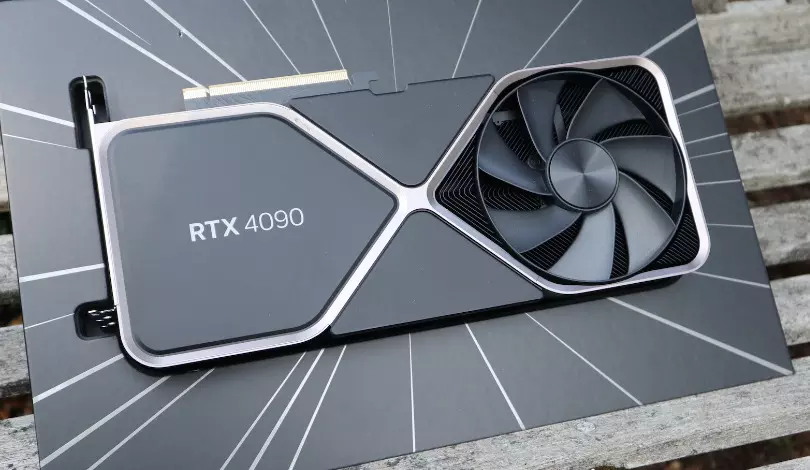Nvidia’s next-gen RTX 50 GPUs may demand significantly more power
Nvidia’s next-gen RTX 50 GPUs may demand significantly more power

Nvidia is rumored to unveil its RTX 50-series GPUs at CES next week, potentially including the RTX 5090, RTX 5080, RTX 5070 Ti, and RTX 5070. The RTX 5090, in particular, promises to capture the attention of performance enthusiasts with its ability to surpass the power of the RTX 4090, Nvidia's flagship GPU released in 2022.
However, the increased performance may come with a significant rise in power requirements. According to leaks from VideoCardz, the RTX 5090's thermal design power (TDP) is expected to reach 575 W—up from the already demanding 450 W of the RTX 4090. Similarly, the RTX 5080 could see its TDP increase to 360 W, compared to the RTX 4080 Super's 320 W.
These power demands bring the RTX 5090 close to the 600 W capacity of a single 12VHPWR connector. Including the 75 W available through the PCI Express slot, the theoretical maximum power draw for such a GPU could approach 675 W.
What Does This Mean for Gamers?
While higher power specs may alarm some users, it doesn’t mean the RTX 50-series will consistently draw more power during typical gaming sessions. Enhanced performance might translate to greater efficiency in performance-per-watt metrics, especially when considering advanced cooling and power management.
That said, if the leaked specifications hold true, upgrading to an RTX 5090 might require a stronger power supply. For context, Nvidia recommends an 850 W PSU for the RTX 4090. The additional power draw of the RTX 5090 could push this recommendation to at least a 1,000 W PSU, ensuring there’s enough capacity for the GPU and the rest of the system.
CES 2025 will likely provide clarity on these details, including performance benchmarks, efficiency metrics, and official power supply recommendations. Until then, gamers and enthusiasts should consider their system’s power capacity if planning an upgrade.

